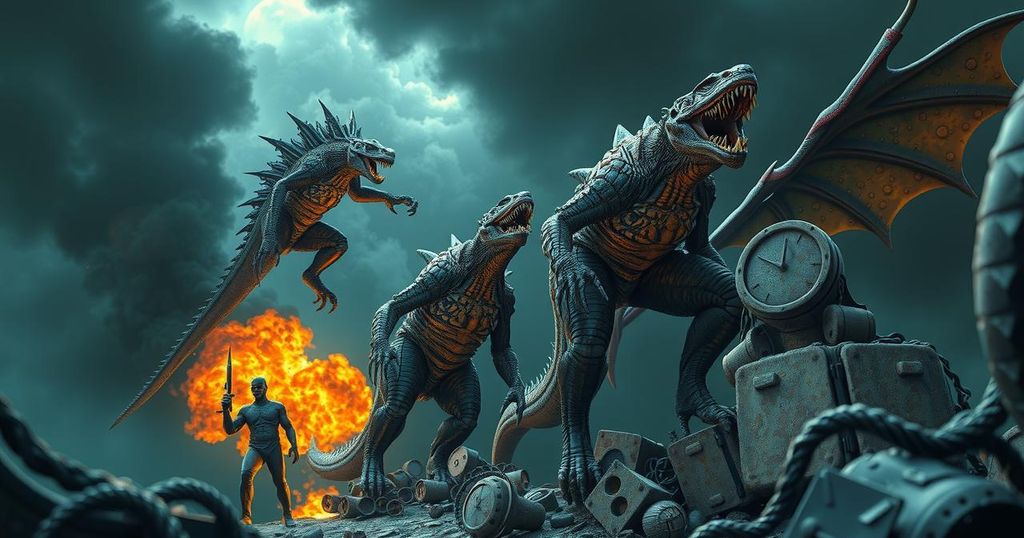Confronting Existential Threats: How Horror Narratives Inform Our Response to Pandemics and Climate Change
Neil Vora, MD, reflects on how horror narratives, especially those depicting zombies and pandemics, help him cope with existential threats caused by infectious diseases and climate change. While these stories illustrate societal fears and anxieties, they can also foster a nihilistic outlook that belies humanity’s capacity for resilience and progress. Vora argues for a balanced perspective on despair and hope, emphasizing that fiction can inspire action in the face of real-world challenges.
The cinematic depiction of pandemics in films such as “Outbreak” sparked my interest in combating infectious diseases from an early age. Over the past decade, my journey has taken me from the Epidemic Intelligence Service at the Centers for Disease Control and Prevention (CDC) to addressing global health threats, such as the Ebola outbreaks and COVID-19 contact tracing in New York City. Currently, I engage in patient care for tuberculosis while advancing public health initiatives through environmental preservation at Conservation International. In the face of daunting global crises, I have found a unique solace in the horror genre, particularly narratives involving contagion and apocalyptic scenarios. Works like “28 Days Later” and HBO’s “The Last of Us” resonate with contemporary issues, such as the environmental impacts of climate change and the threat of emergent infectious diseases. Such fictional narratives not only serve as reflections of societal traumas stemming from real-life health crises, but they also encapsulate fears regarding the climate emergency. However, unbridled consumption of these horror tales can spiral into despair, which is particularly counterproductive during crucial times in global history. The association of monsters with societal fears is longstanding; 18th-century vampire folklore exemplified this relationship, with tales rooted in misunderstandings of diseases such as rabies and tuberculosis. Paradoxically, while fictional monsters encapsulate the terror of illness and mortality, they also reflect humanity’s propensity to illuminate threats through storytelling, especially as fears transition from localized to global concerns. The recent rise of zombie narratives mirrors this shift, as seen in works like “World War Z” and “The Walking Dead.” Yet while these dystopian portrayals highlight potential disasters, they also propagate a nihilistic view that challenges the foundations of societal order. This perspective undermines humanity’s capacity for resilience and innovation, which is vividly illustrated by advancements in healthcare and burgeoning solutions for climate change.
The horror genre has served as both a reflection and an exploration of humanity’s fears surrounding pandemics and existential threats. During times of crisis, storytelling, particularly through horror, provides a means to confront and navigate societal fears. The historical context behind vampires and their link to infectious diseases showcases humanity’s longstanding relationship with such narratives as a form of catharsis. As fictional tales evolve, they continue to address contemporary issues, such as the perils of global pandemics and ecological destruction, while also highlighting human resilience in the face of adversity.
In conclusion, while horror stories provide insights into our deepest anxieties regarding pandemics and the environment, they must be consumed with a critical perspective to avoid succumbing to hopelessness. Humanity possesses a remarkable capability for innovation and recovery. The narrative surrounding threats should not only focus on despair but also recognize the profound progress made in public health and environmental sustainability. By balancing dread with hope, fiction can inspire collective resilience and action against the challenges that afflict our world today.
Original Source: atmos.earth




Post Comment